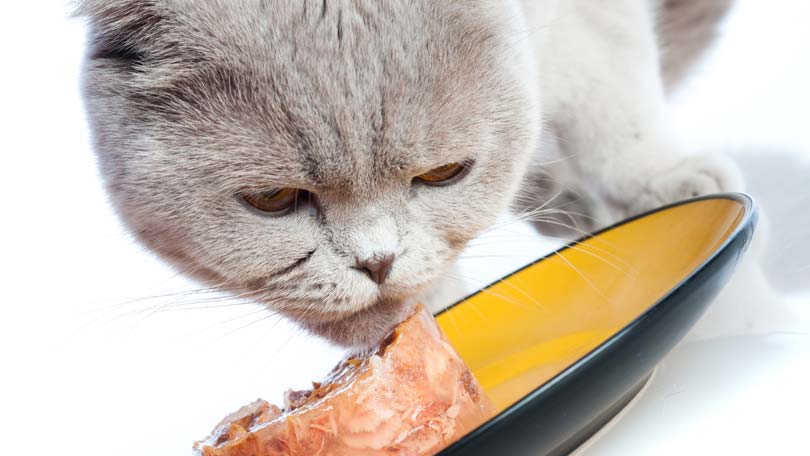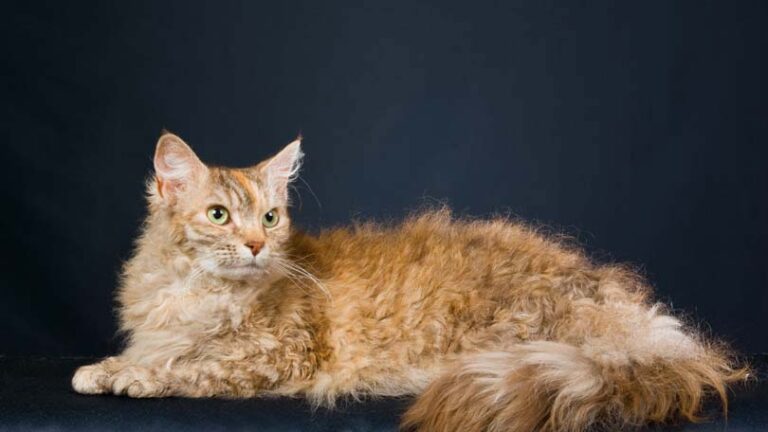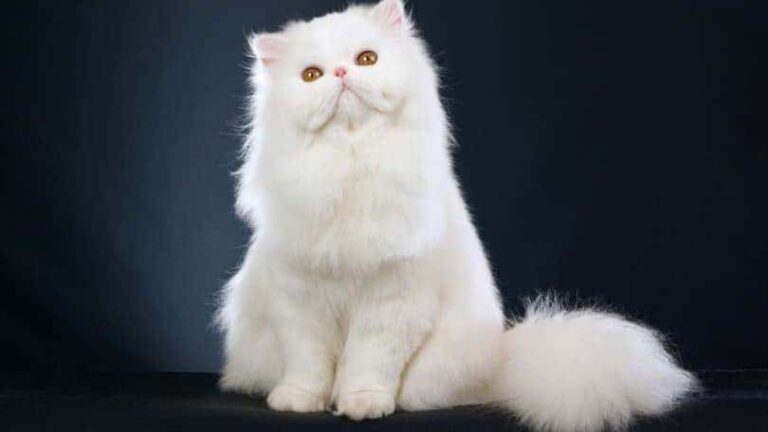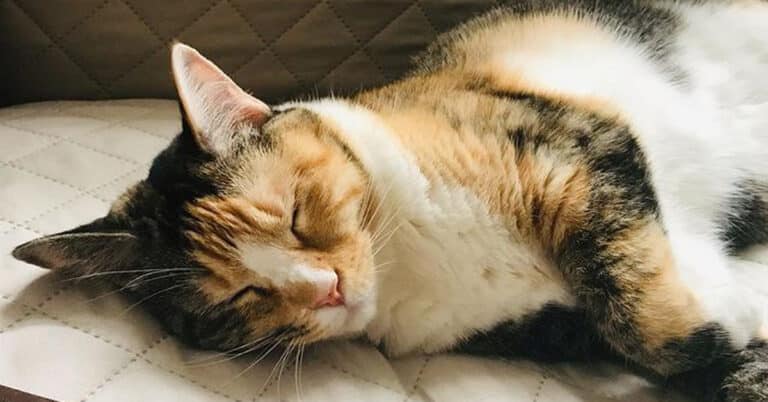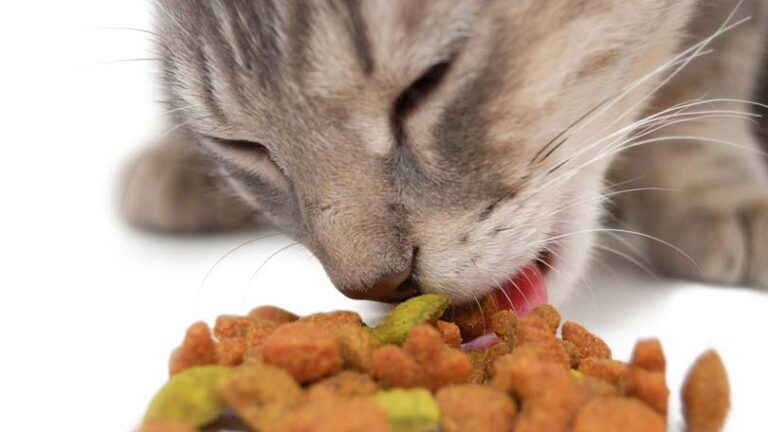How to Read a Cat Food Label
Choosing the right cat food for your pet is extremely important in order to keep your pet healthy and full of vitality. As with humans, diet has a big effect on the overall health of your pet, and with the correct choices you can ensure your pet lives a long and happy life, and stays out of the veterinarian’s office.
Learning how to read a cat food label enables you to glean as much information as possible about the food contained within and be able to make an informed choice as to whether or not it is of high quality and suitable for your pet. Pet food labels are highly regulated and manufacturers must follow extremely stringent guidelines in terms of accurately identifying the product and the ingredients contained within.
Generally speaking, a cat food label is separated into two different parts, the principal display information found on the front of the product, and the secondary information contained on the back of the product.
Principal Display Information
This is the first information that the consumer will see and consequently manufacturers use it as a way of “reeling” in the customer. This may be done by highlighting the presence of a particular ingredient or making specific health claims about the product. Often the specific “formula” or “taste” of the product will be displayed such as “fine cuts with tuna chunks” or “chicken and gravy”.
There are many misnomers however related to statements such as these, and it vital to be aware of them.
If a cat food is displayed at “tuna cat food”, according to the guidelines, 95% of the product must be tuna. (This doesn’t count the water added during processing. If you do count the water that is added, the product must be at least 70% tuna).
If a cat food is displayed as “tuna and salmon cat food”, then the combination must also equal 95% in the same way, with the first listed meat (in this case tuna) as the predominant ingredient.
Be aware however that when a word such as “dinner”, “platter” or “entree” is used to describe the product, the content of the predominant meat is officially able to have a much lower presence in the product, down to just 25%. If you want to know what makes up the other 75% of the product, check the ingredients list on the back where the ingredients are listed in order of predominance. Even if a cat food is supposedly tuna based, there could well be chicken or beef products included. Make sure you check before purchase.
The final misconception and easy trap to fall into is when the word “with” is included on the product. The word “with” can completely change the meaning of cat food. “Cat food with tuna” for example indicates that only 3% of the product must be tuna, whereas “tuna cat food” (as shown earlier) indicates a 95% presence.
Because the primary display information is primarily used as a way to attract consumers, it is vital that as the customer you take the time to read through the additional information contained on the back of the packet or tin. It is here that the bulk of the important facts and figures are found, free from marketing hype and misleading wording.
Secondary Information
There is a wealth of further information found on the back of the product, and when seeking out a cat food, this should be read carefully if you want to fully learn how to read a cat food label.
Ingredient List
First and foremost the ingredients are displayed here, listed in order or predominance within the product. If your cat has a special diet or doesn’t like certain foods you can use this list to determine if the food is suitable. If your cat needs plenty of protein, consider a cat food that has a list beginning with two types of animal product.
Guaranteed Analysis
The guaranteed analysis section provides the quantities of minerals such as protein present within the cat food. They are displayed in a percentage format.
It is important to note however that these measurements are derived from the weights of the ingredients as they are added to the formula of the product. Varying moisture levels can easily skew these weights and measures and provide an inaccurate picture. The only way to get an accurate measurement therefore is by examining the quantities of ingredients within the product on a dry matter basis.
In order to do so, apply a quick and easy formula.
Subtract the moisture level (displayed as a percentage in the guaranteed analysis list) from 100, to discover the amount of overall dry matter contained in the product. If for example some cat food has 82% moisture, the dry content will be 18%. The quantity of minerals displayed in the list should be divided by 0.018 to get their amount from dry matter only. This is a way of leveling the playing field and enabling accurate comparisons of products.
Net Weight
Including a net weight statement is one of the strict guidelines that have to be followed by the producers of cat food. This is simply the information that tells the consumer how much product is contained within the container. Doing a quick sum to work out the price per pound/ounce/kg is a worthwhile exercise if you want an accurate price comparison between products.
Manufacturers Details
The manufacturer’s name and address should be on the label where you can send any questions of concerns. Even if the label states “manufactured on behalf of…..” or “distributed by……”, the name and address given on the label represents the responsible party for this product. If you ever have any complaints about a cat food, don’t hesitate to contact the manufacturer.
Feeding Instructions
Basic guidelines will be provided on how much food to feed your cat per day, however a variety of factors will play a part such as weight and activity levels of the cat itself. It is personal choice whether you feed your cat once or twice a day.
Nutritional Adequacy Claim
This is simply the information as to what the product is intended for. Is it for growth, for maintenance in adults or for all ages? It will also explain if the product is meant as a treat or a supplement as opposed to full nutrition.
If you learn how to read a cat food label, you are in a good position to provide your pet with the best possible diet. Overcoming the double meaning of the wording and understanding the dry mass formula are the key points to remember and look out for when you are next browsing the shelves.

Having discovered a fondness for insects while pursuing her degree in Biology, Randi Jones was quite bugged to know that people usually dismissed these little creatures as “creepy-crawlies”.

